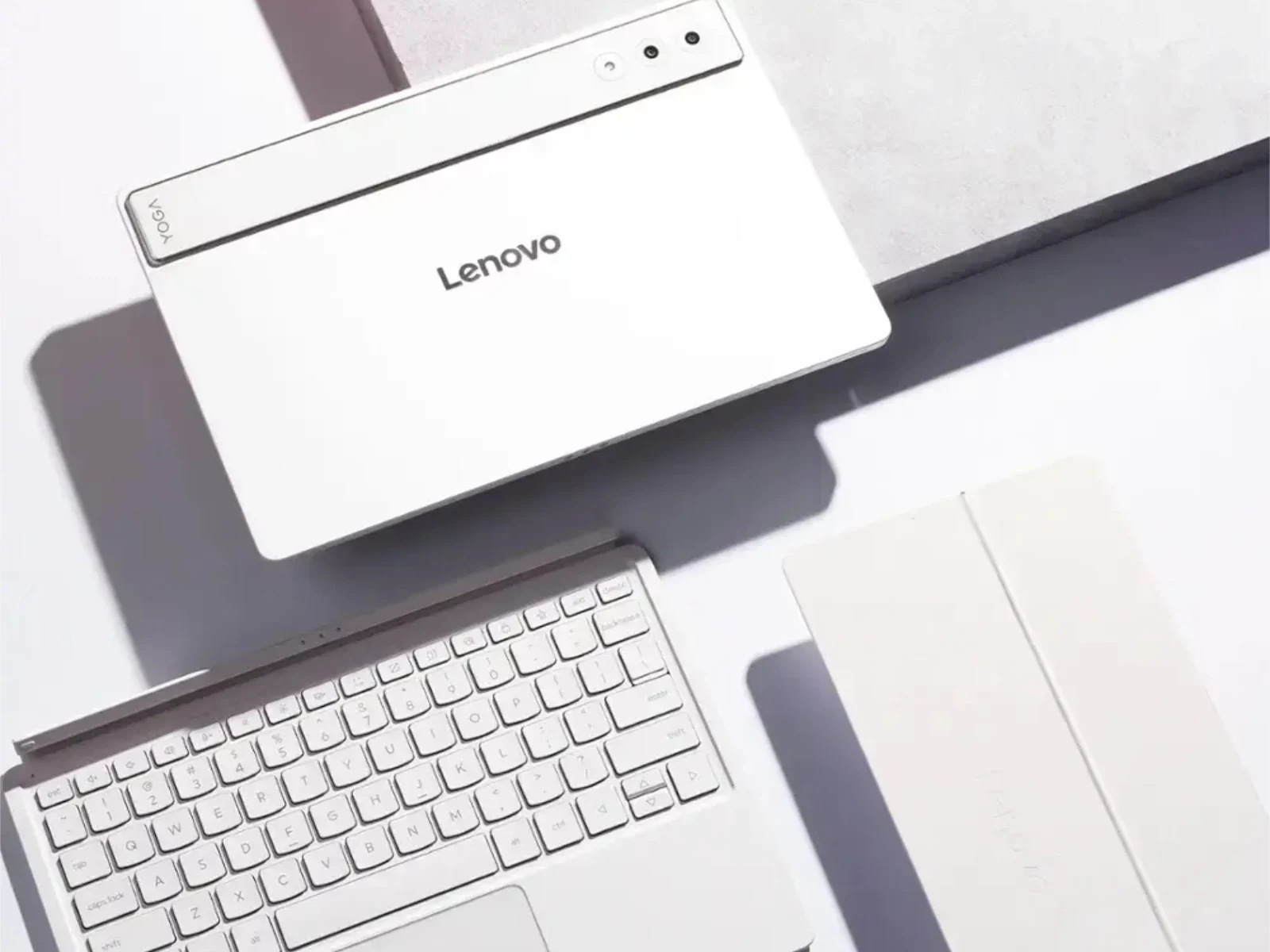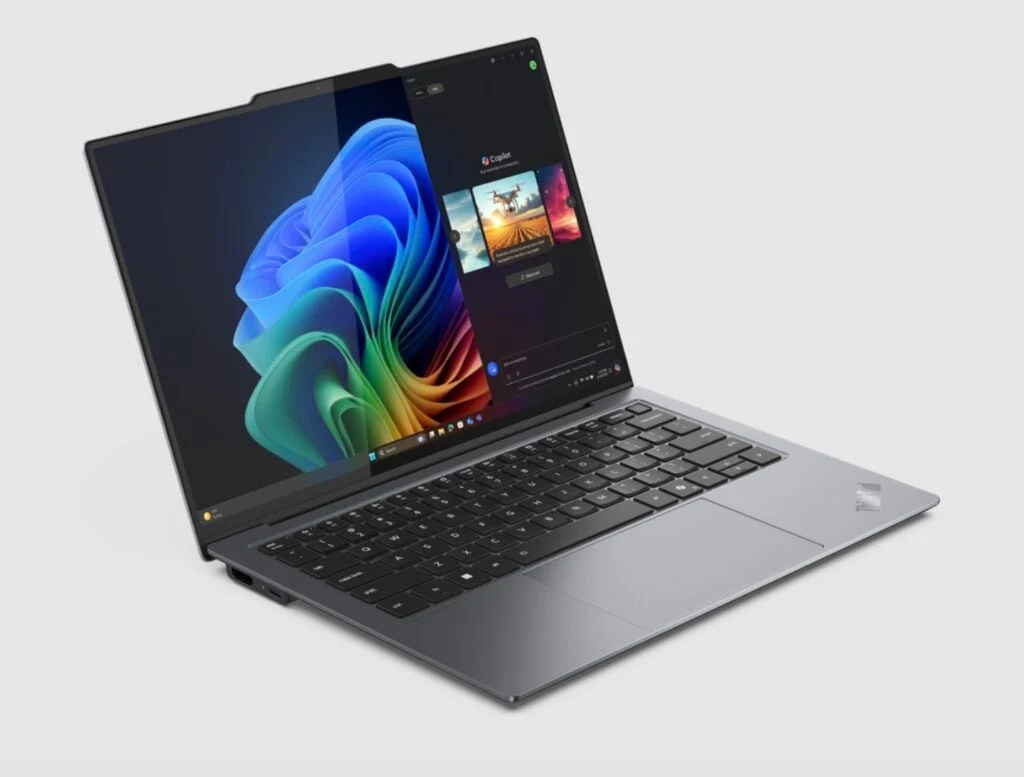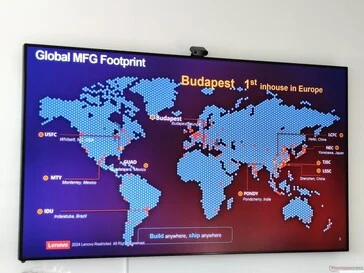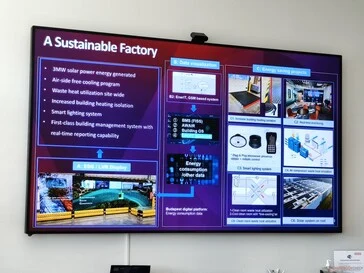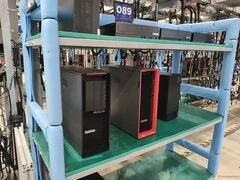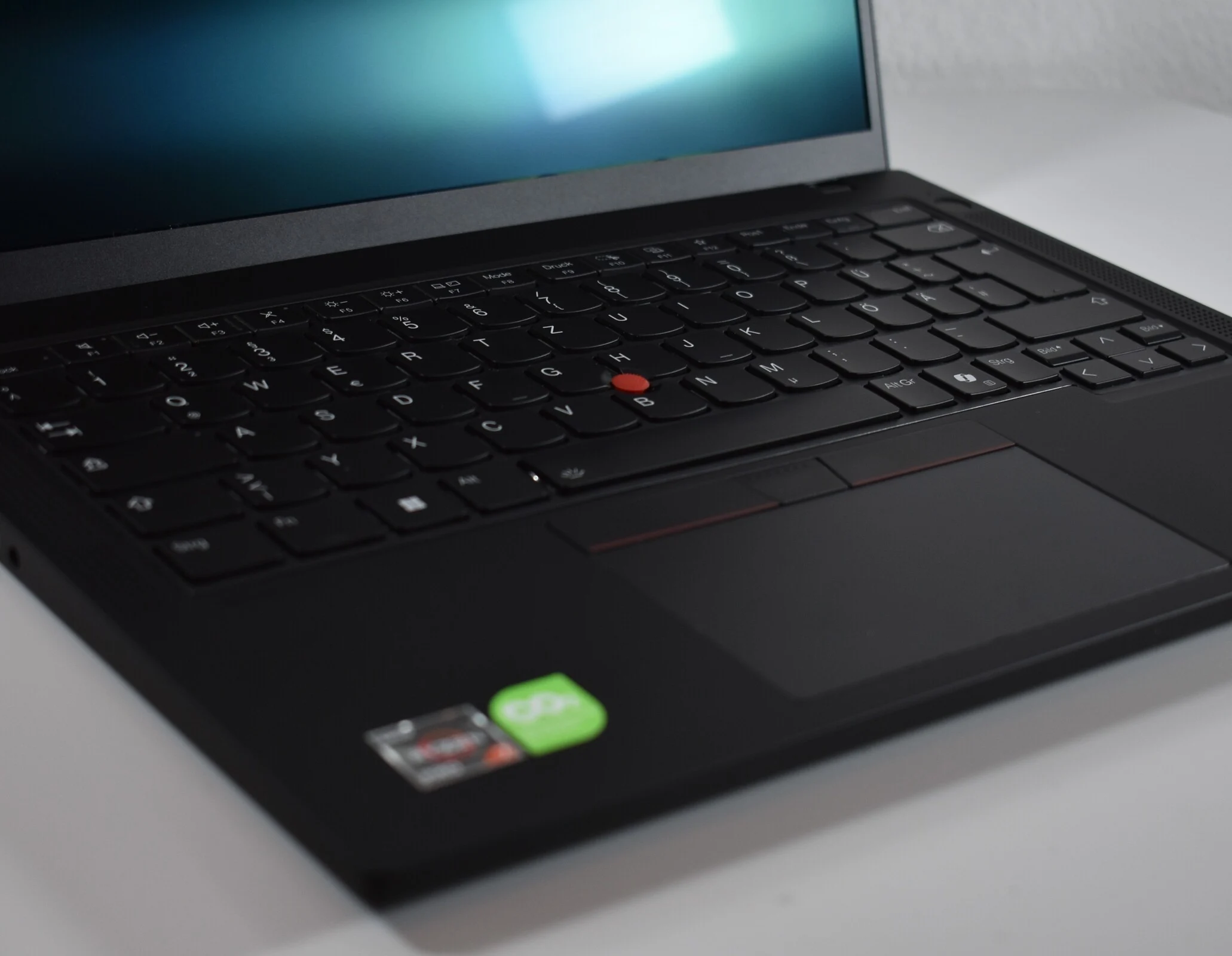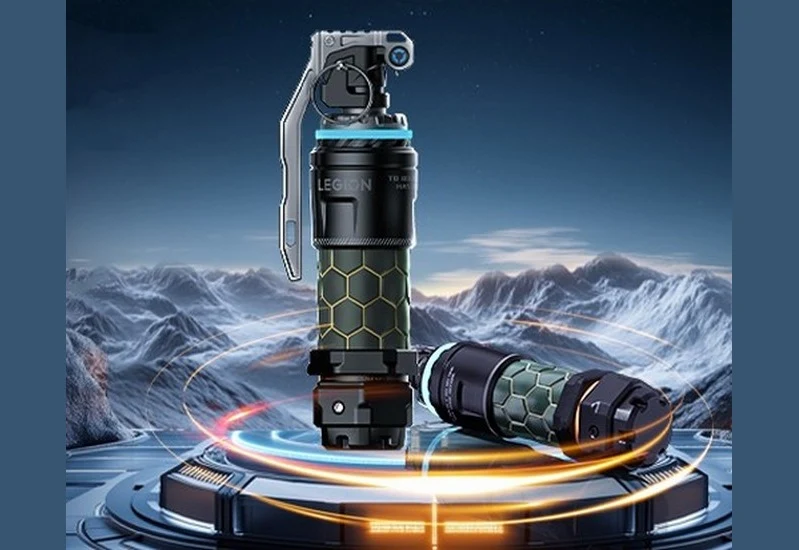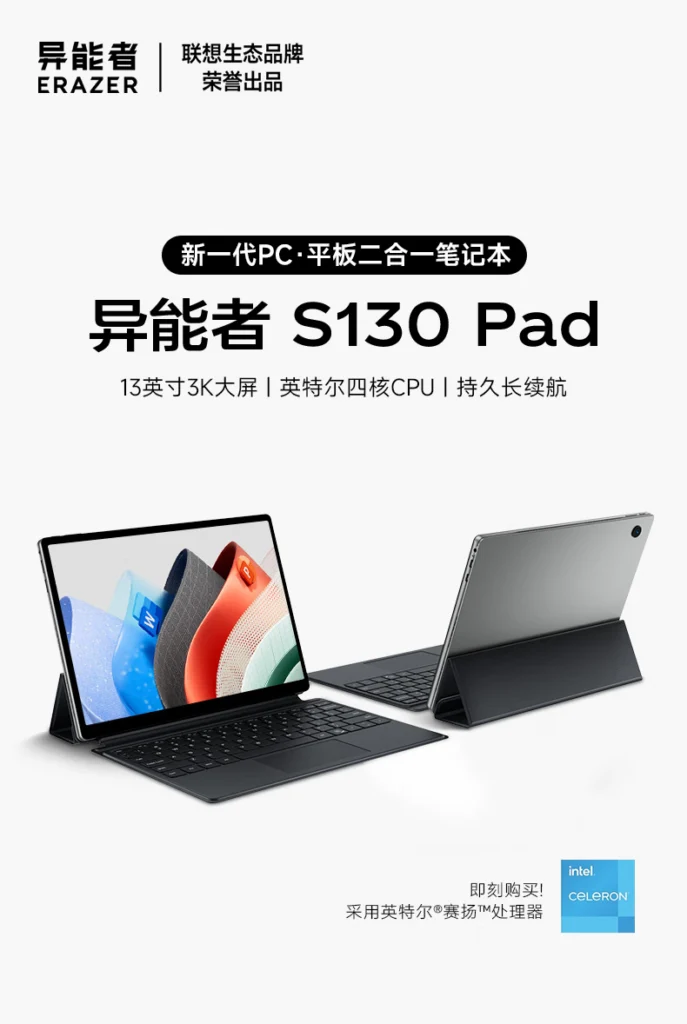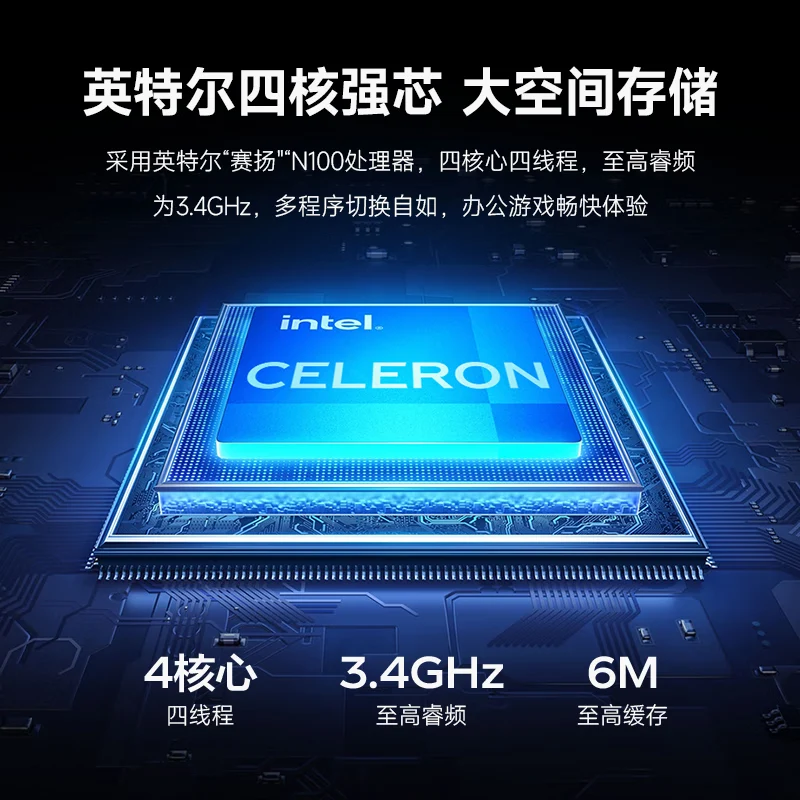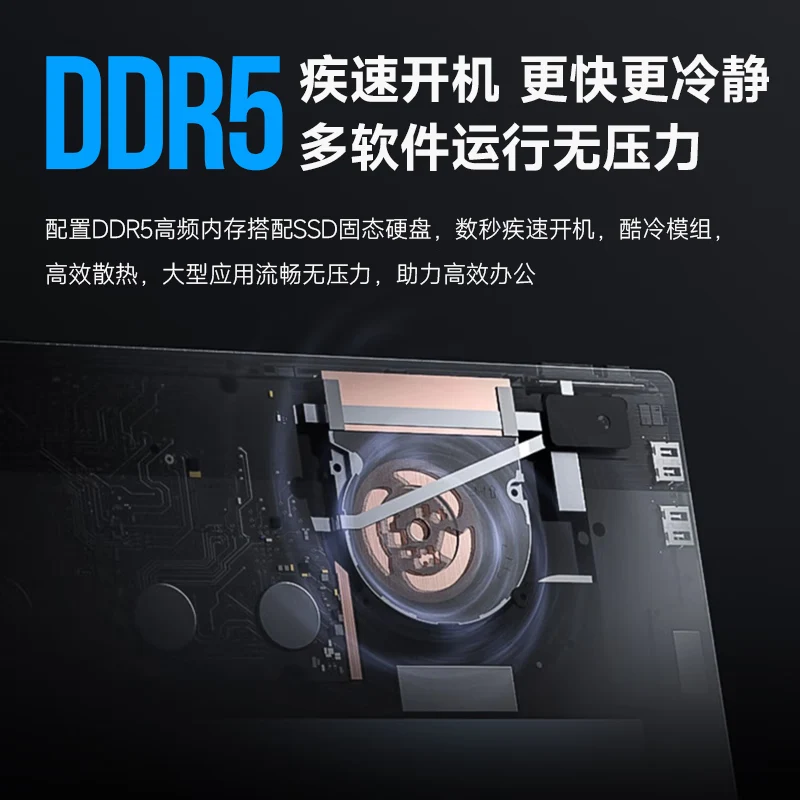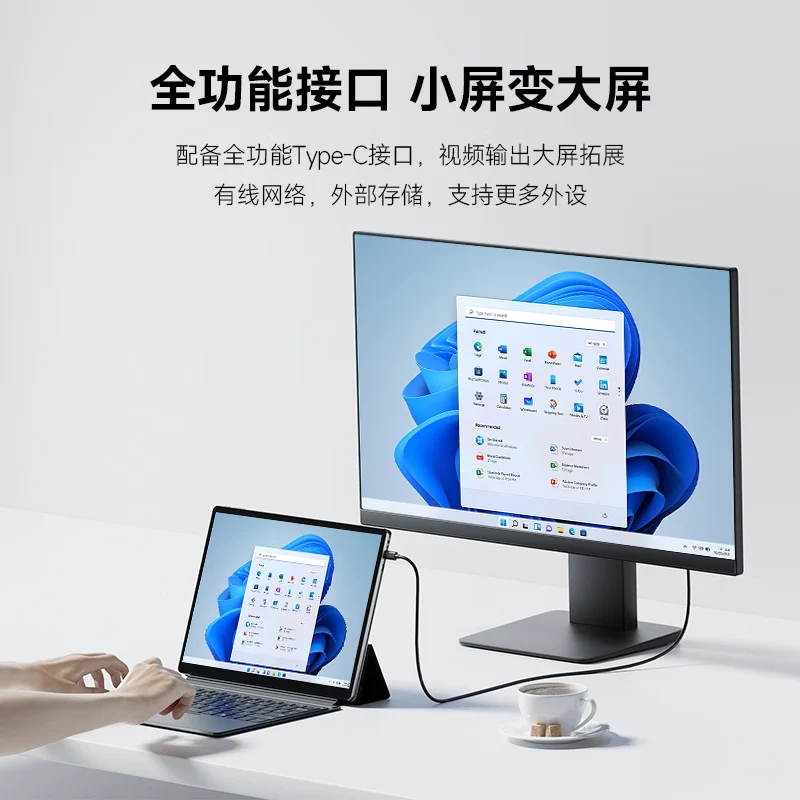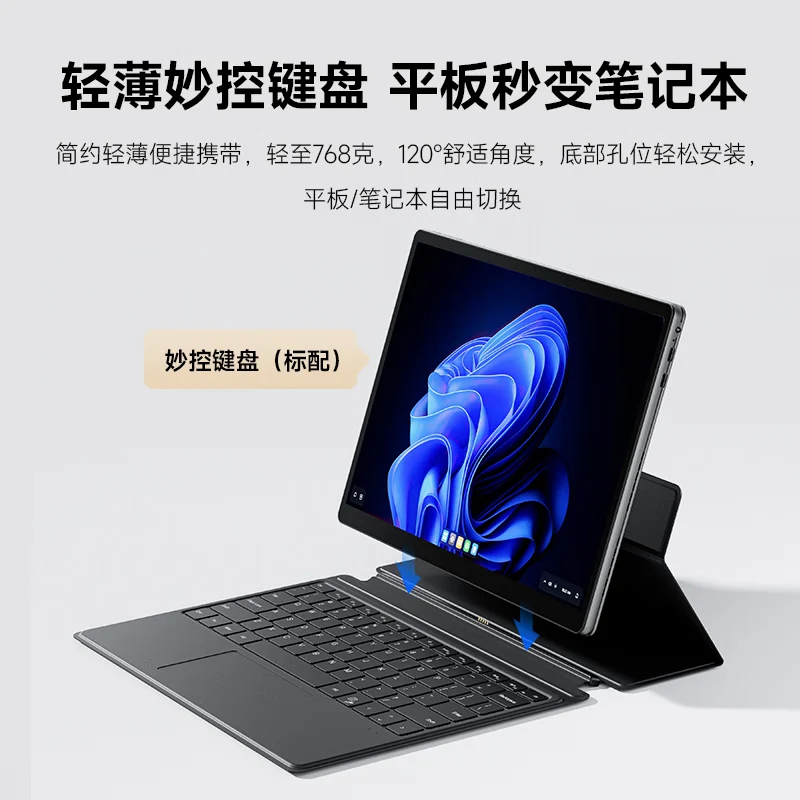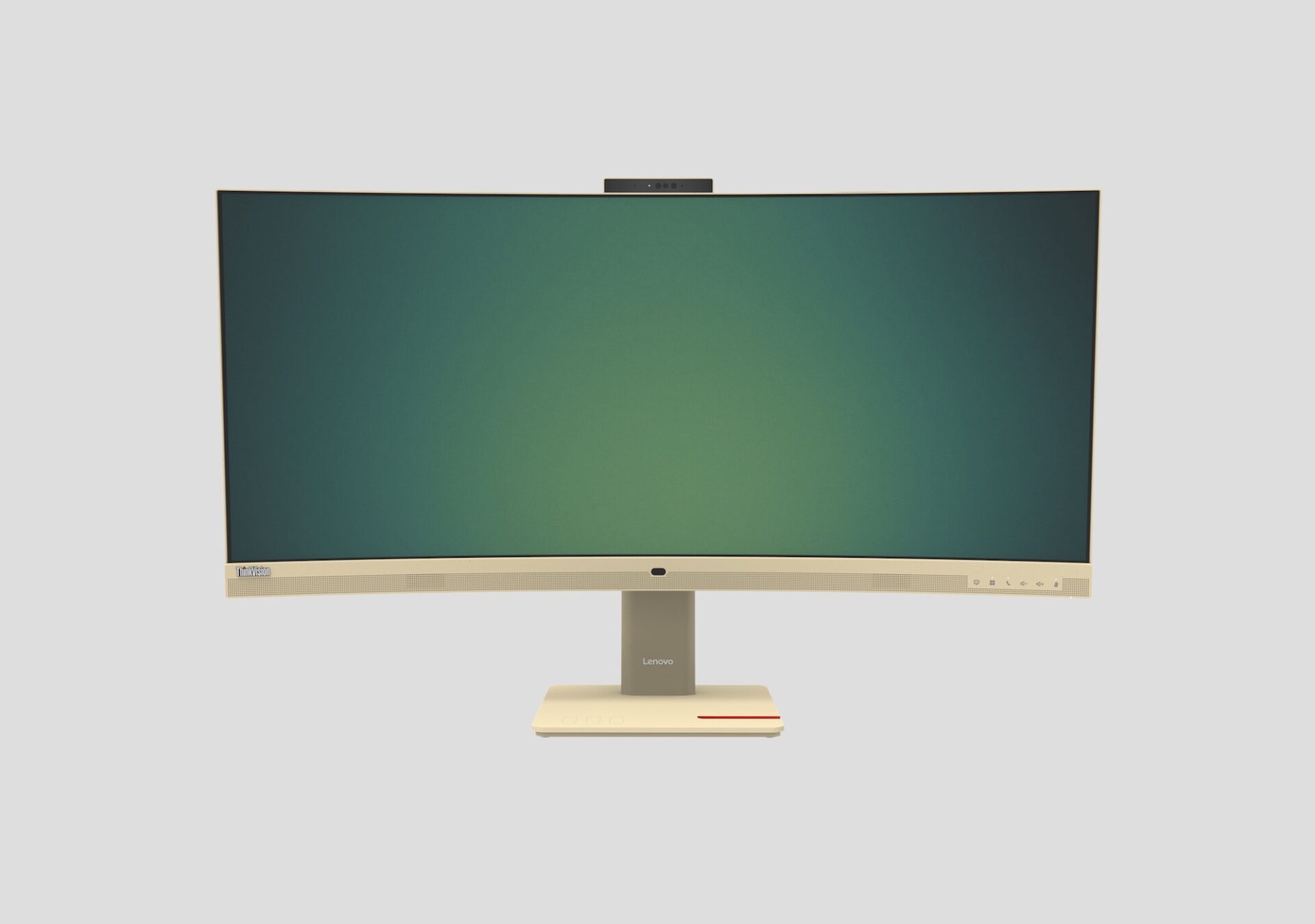East, always east – this has been the case for many years regarding where PC hardware originates. Since the 2000s, China has been the main hub for most tech product manufacturing due to its large workforce and lower production costs. Despite ongoing trade tensions and tariffs, China continues to be the leading source of technology products worldwide.
Outsourcing and Original Design Manufacturers
In addition to China, many companies choose to outsource their production. Major PC brands like Dell, Apple, and HP primarily focus on design, while companies like Pegatron, Foxconn, and Compal handle the actual manufacturing. When you purchase a laptop, desktop, or server, there’s a high chance it was assembled in China by one of these companies.
Lenovo’s Unique Approach
However, Lenovo stands out in this landscape. While they do rely on ODMs, Lenovo, as the largest PC maker by volume, operates a number of factories on its own. This article looks at Lenovo’s only European factory located in Budapest.
Lenovo operates ten factories globally—four in the Americas, five in Asia, and just one in Europe. The Budapest factory, which began construction in 2020 and opened in 2021, is the newest addition to their network.
Focus on Enterprise Products
This factory, situated just ten minutes from Budapest Airport, focuses specifically on enterprise products. In Budapest, Lenovo manufactures three categories: ThinkCentre desktop PCs, ThinkStation workstations, and ThinkSystem servers.
The choice of these products raises the question: Why not include ThinkPad laptops? The answer lies in logistics. Smaller items like laptops are cheaper and more sustainable to produce in Asia and ship globally, even by air. However, servers and desktops are bulkier and heavier, increasing shipping costs, time, and environmental impact.
Strategic Location in Hungary
Hungary was chosen for its central location in Europe, making the Budapest facility well-connected to major highways. This is crucial for a factory that regularly receives numerous truck deliveries for parts and shipments of finished products.
It’s important to mention that Lenovo only assembles products in Europe. The supply chain remains international, with most parts still produced in China and other parts of Asia. The exceptions include packaging materials and the local printing of manuals and keyboards.
Efficiency in Shipping
Lenovo claims that assembling in Europe speeds up shipping significantly. Customers in most European countries, excluding the UK, Ireland, and Portugal, can expect delivery within 24 to 72 hours depending on the type of product.
Beyond assembly, Lenovo also operates a large testing center in Budapest. Here, servers undergo rigorous stress tests before shipment. Workstations and desktops also go through quality checks, which might seem unusual; for instance, running a game is a standard test since it puts considerable strain on the system.
Commitment to Sustainability
Lenovo also refurbishes hardware at this site, but this takes place in a separate building to avoid mixing new and used components. The factory utilizes solar energy, and in winter, it leverages the cold air to cool its data center testing area. Although the plant can produce up to 1,000 servers and 4,000 desktops or workstations daily, it still emits some CO2. Nevertheless, local assembly in Europe is generally more sustainable than the alternatives.
The local factory manager has noted an increase in demand for products labeled “Made in EU for EU.” While there are no definite plans to start laptop production there at the moment, it remains a topic for future consideration.


